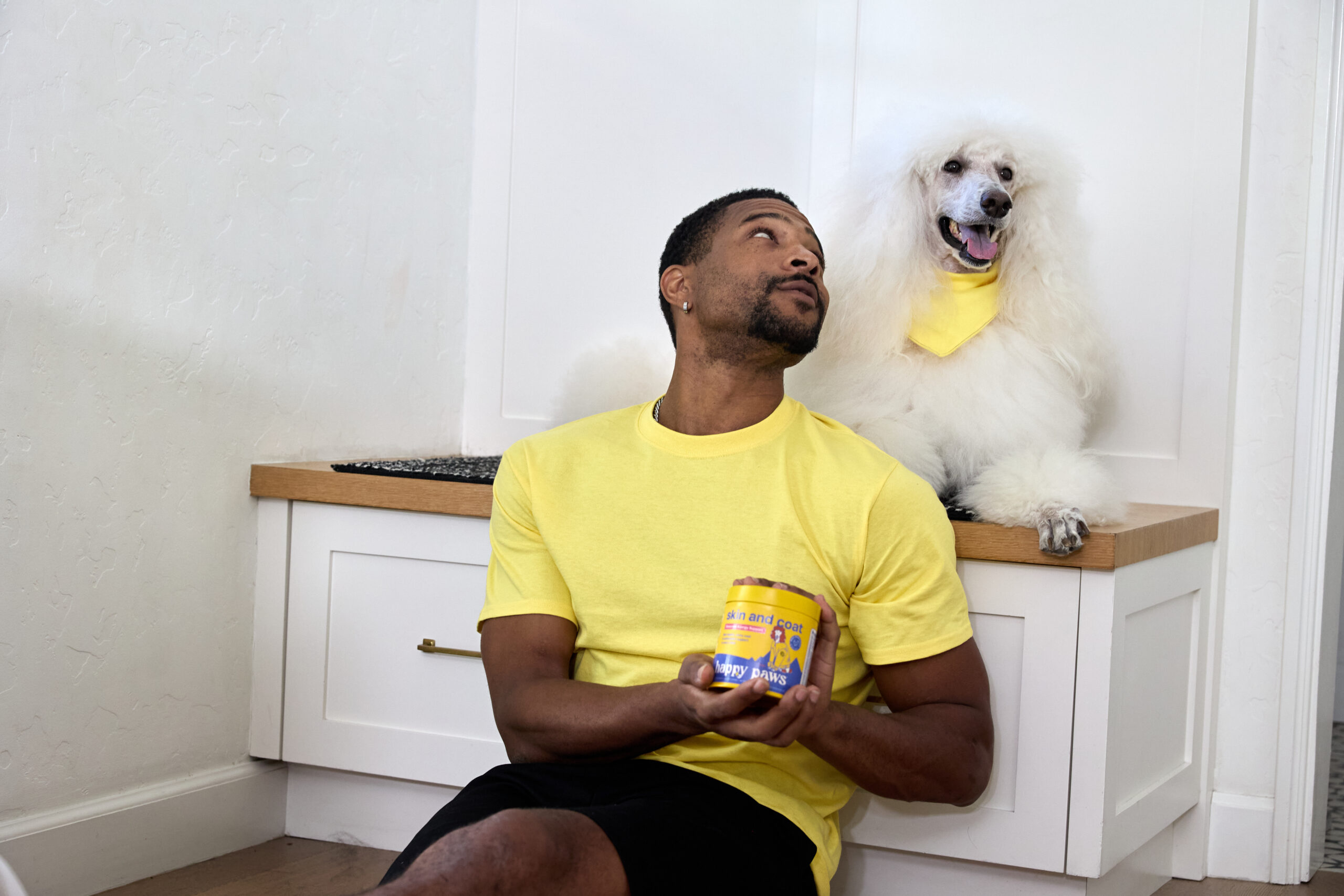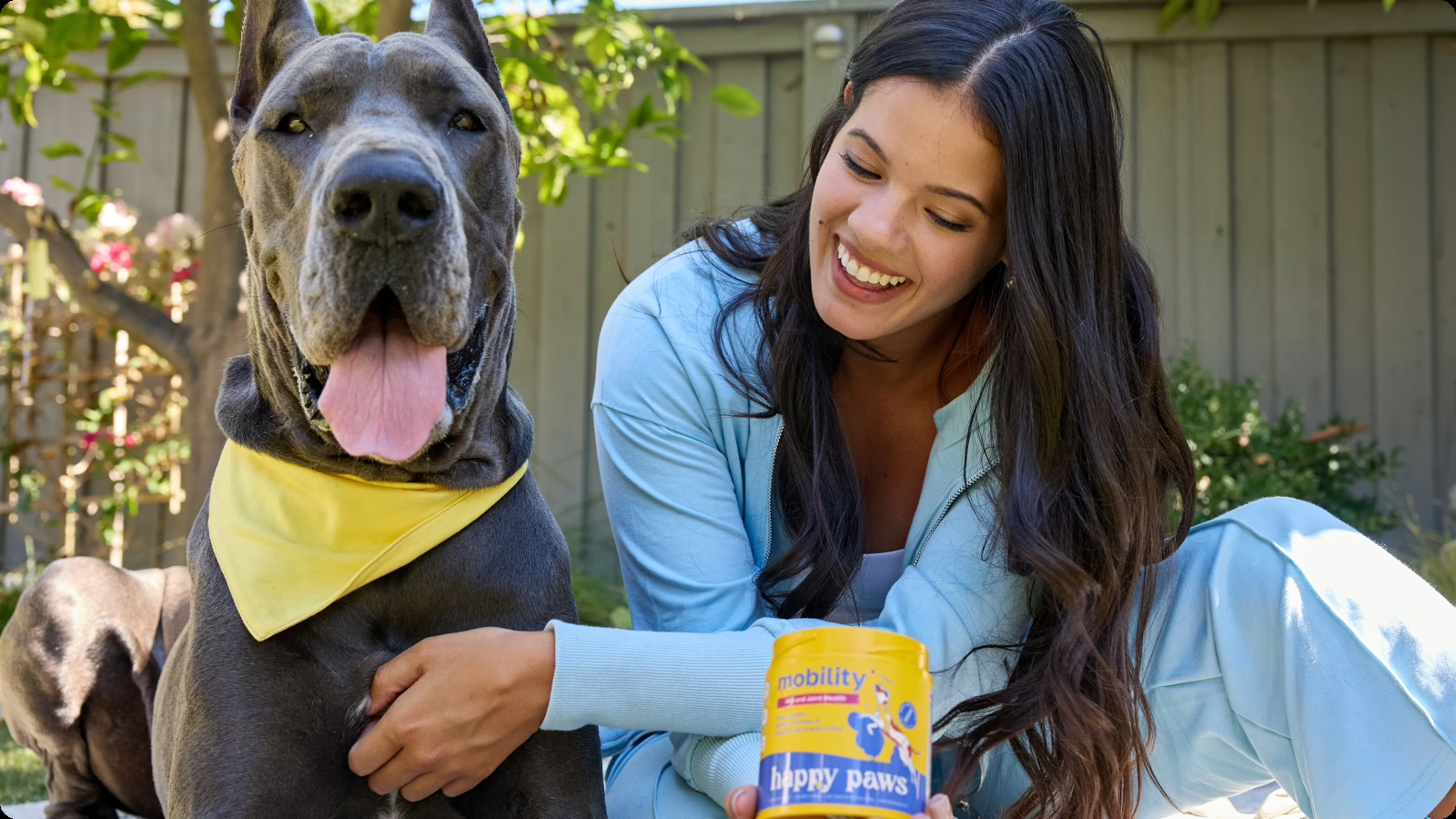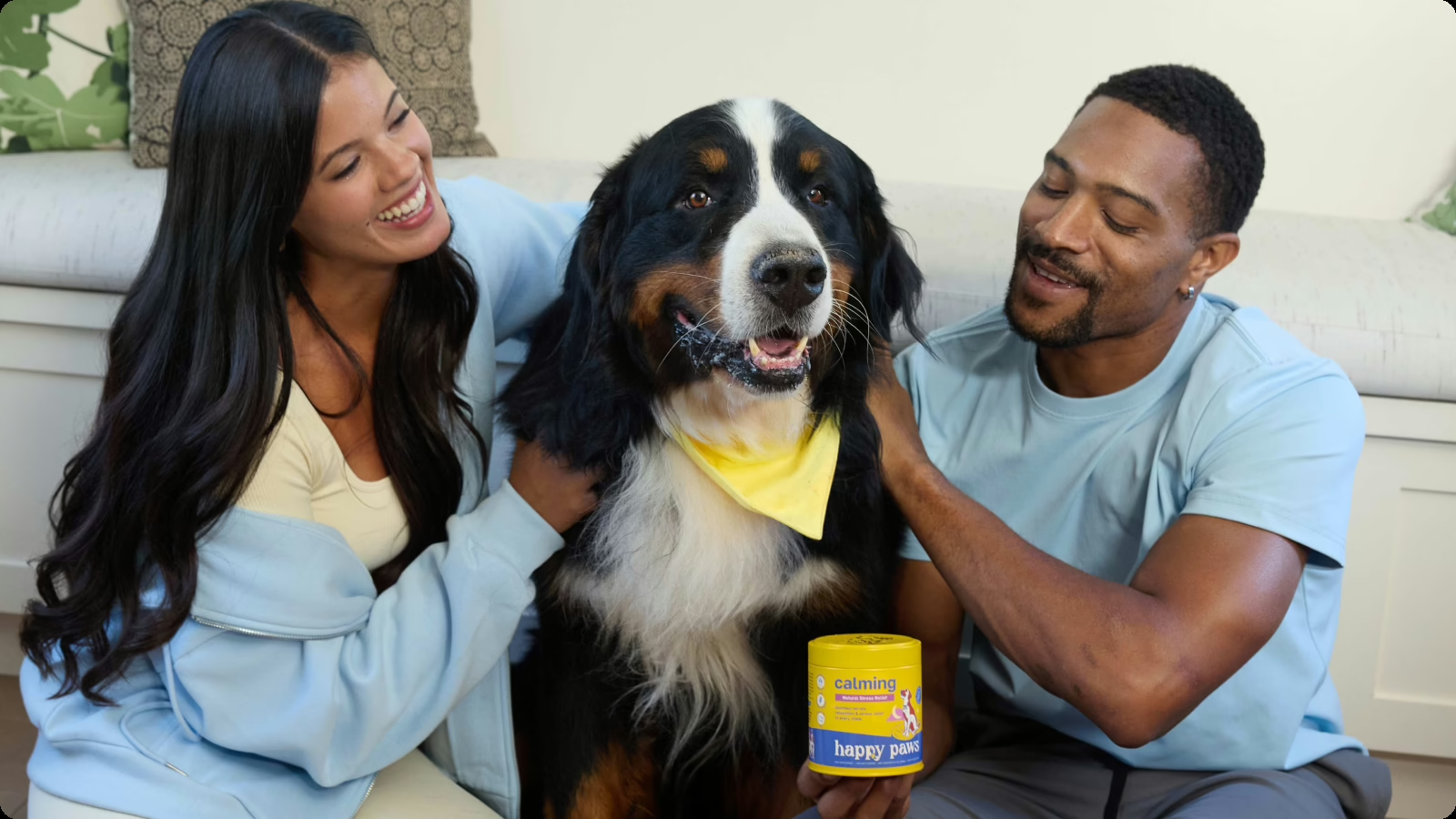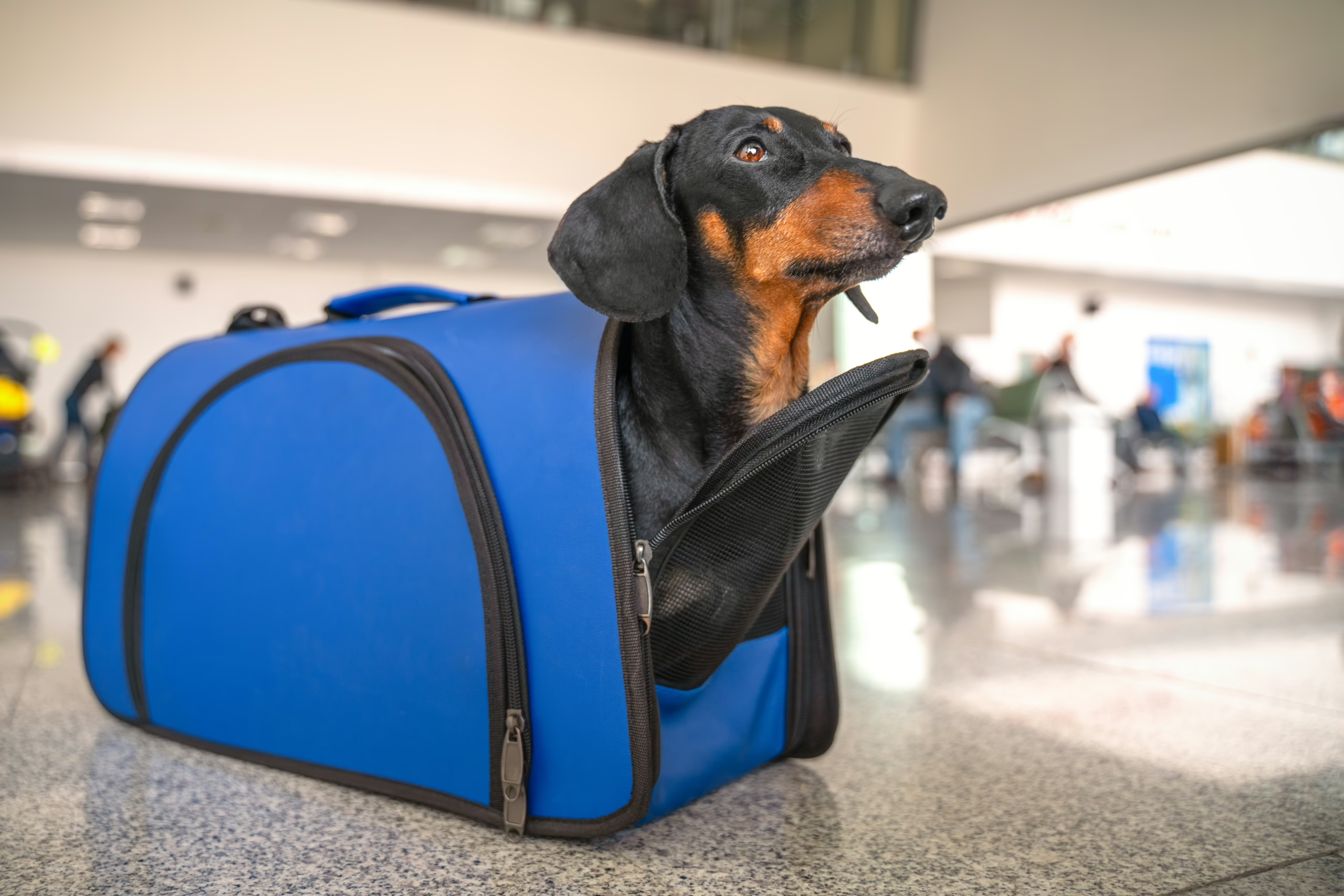Having three daughters has taught me the importance of having good hair days and our two dogs, Atticus and Finnegan, are no exception to the rule. Losing their first dog, Scuppers, at 17 last year was hard on them, but taking care of a “senior dog citizen” gave them valuable life lessons. We only lasted 3 days without a dog …
Keeping our senior dogs looking and feeling their best in their “golden years” can be challenging. As a veterinarian, I’ve seen too many pet parents just accept that their senior dog is looking old with a dry/flaky coat; but even an old dog needs a spa day, just like we do. A dog with a cleaner and better-smelling coat will get more cuddles and attention, leading to a better human-animal bond.
Seborrhea Sicca
Seborrhea sicca (dry/flaky skin) is one of the most common skin diseases in senior dogs. It can be inherited (primary) in some breeds and/or (secondary) caused by other conditions. American Cocker Spaniels, English Springer Spaniels, Basset Hounds, West Highland White Terriers, and Dachshunds are more commonly associated with inherited seborrhea sicca, but any dog can get it. Unfortunately, there is no specific therapy for the primary form, and it can only be empirically managed.
Common secondary causes of seborrhea sicca include:
- Allergies (atopy, food, fleas)
- Fleas, mites, ticks
- Bacterial or yeast skin infections
- Poor diet and/or husbandry
- Underlying hormonal disease, like hypothyroidism and Cushing’s disease (hyperadrenocorticism)
- Obesity, which interferes with self-grooming
Since there are so many factors that can contribute to seborrhea sicca, it is paramount to consult with your primary veterinarian, as skin and blood tests will need to be evaluated and prescription medication is often needed. A senior screen blood/urinalysis panel should be done, at least, once a year for every senior dog before assuming a clinical change is just “old age.”
Seborrhea Oleosa
Seborrhea oleosa is another common skin ailment seen in our older patients and is characterized by an oily/greasy coat with flaking/scaling/dandruff and an often unpleasant “yeasty” odor. This condition is more commonly seen in Golden Retrievers, American Cocker Spaniels, and English Springer Spaniels. Just like seborrhea sicca, it has a primary and secondary form with similar causes as listed above.
Fortunately, there are many dietary supplements that can help with skin and coat care for older dogs. The most common and effective ingredients found in supplements for the skin are:
- Essential fatty acids such as oleic acid (omega 9) and linoleic acid (omega 6) which are found in almond oil, coconut oil, and fish oil
- Biotin is often added to help promote keratin production and natural fatty acids, which can help maintain a healthy skin barrier
- Pre-biotics can aid in the digestion and absorption of nutrients like vitamin A
- Coral calcium, which is rich in trace minerals
Happy Paws Dog Supplement for Skin and Coat has all these ingredients and our dogs love the taste, too!
Shampoo therapy is also a very important part of maintaining a healthy coat in a senior dog. Common ingredients found in medicated shampoos for dry/flaky skin are phytosphingosine, ophytrium, and/or colloidal oatmeal. The Duoxo brand is commonly used in veterinary hospitals for skin conditions.
Most medicated shampoos are used weekly or every other week, but some are even more frequent. The shampoos often need to be left to soak on the animal for 10–15 minutes, but always check the bottle for specific instructions. Another ingredient in shampoo to look for is chlorhexidine, which helps prevent and treat superficial bacterial and yeast skin infections.
If you have any questions about your dog’s skin health, check with your primary veterinarian.
Here are a few tips to help minimize the symptoms seen with both types of seborrhea after consulting with a veterinarian to rule out secondary causes.
- Always have your dog on a prescription flea/tick medication (many OTC ones are not working as well as they used to since fleas have evolved resistance)
- Supplements like Happy Paws Dog Supplement for Skin and Coat care
- Use medicated shampoos as directed
- Keep up with grooming which is usually every 3-6 weeks depending on breed
- Prevent obesity with proper feeding and activity
We may not be able to reverse aging in our companions quite yet, but I hope this article will help your older dog feel and look young again☺






